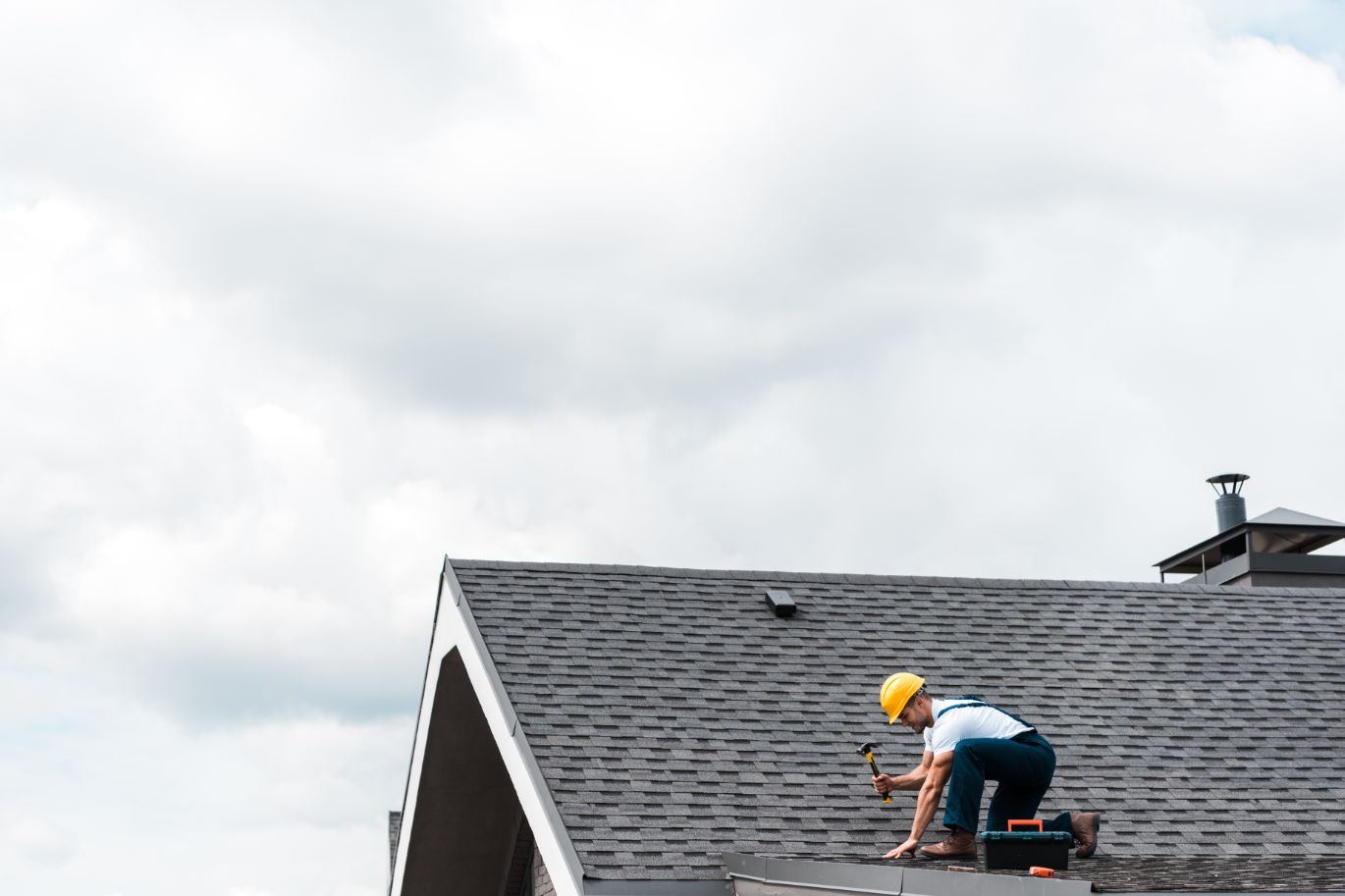When nature unleashes its fury in the form of storms, hurricanes or hail, your roof often bears the brunt of the consequences. Storm damage to your roof can range from minor shingle damage to serious structural problems. Quick and effective roof repair is essential to protect your home from further damage and keep your family safe.
Safety first
Before you even think about getting on the roof or assessing the damage, put safety first. Make sure the storm has completely passed and there is no immediate danger of lightning or falling debris. Wear appropriate safety equipment, including a helmet, gloves and sturdy shoes, and always use caution.
Assess damage
Inspect your roof carefully for any obvious signs of damage. Look for missing or loose shingles, cracks and dents in the roofing material, and any areas where water can accumulate. Be sure to check for damage to gutters, vents, and flashing.
Record damage
Take clear photos and document any damage you discover. This document will be important when you file an insurance claim. Remember to date and label photos to aid in the claiming process.
Temporary repair
If you see minor damage that can be temporarily repaired to prevent further water intrusion, go ahead and make those repairs. Use tarpaulin, plywood or roofing cement to cover damaged areas. This step is essential to minimize further damage until you can complete a complete repair.
Contact your insurance company
Once you have documented the damage and made temporary repairs, contact your insurance company to begin the claims process. Provide them with all the necessary documents, including photos and notes. Be sure to follow their instructions carefully.
Hire a professional roofer
While some minor repairs can be DIY projects, storm damage often requires the expertise of a professional roofer. Look for licensed and insured contractors with a good reputation in your area. Check the premier commercial roofing blog professional roofer their expertise and quality ensure a durable and secure roof for your commercial property. They will provide you with a detailed repair estimate and can guide you through the process.
Review estimates
Carefully review the estimate provided by your roofer. It must describe the scope of work, materials used and completion schedule. Make sure you understand all aspects of the estimate before allowing the contractor to proceed.
Obtain necessary licenses
Depending on the extent of the damage and local regulations, you may need a roof repair permit. Your roofer should be familiar with local requirements and be able to help you obtain the necessary permits.
Roof repair and replacement
The actual repair process may include several steps, such as:
a. Remove damaged shingles or roofing material.
b. Replace damaged underlayment or flooring.
c. Installing new roofing material.
d. Seal and waterproof all seams and joints.
d. Inspect and repair or replace damaged flashings and vents.
In some cases, it may be necessary to replace the entire roof. Your roofer will discuss this with you if this is the best solution.
Final check
Once repairs are complete, perform a final inspection with your roofer. Ensure that all work has been completed to your satisfaction and that there are no ongoing problems.
Clean
A professional roofer will clean the work area, removing debris and materials. Your property will look like new when completed.
